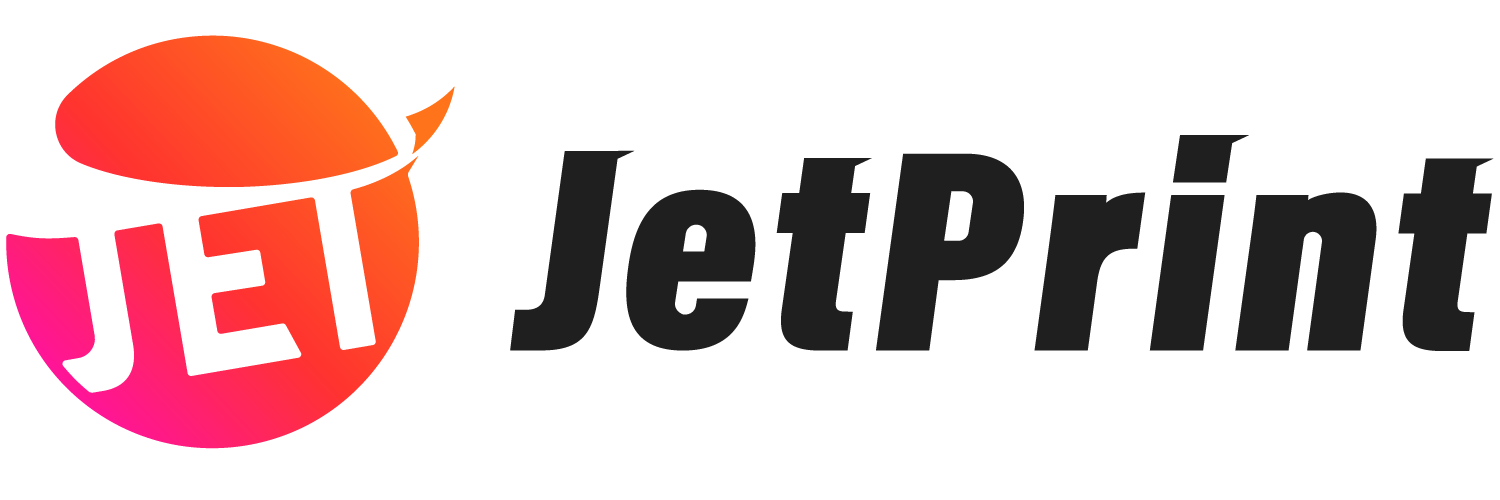What is DTF printing?
DTF printing, also known as Direct-to-Film printing, is a method of transferring ink from a specialized film onto the surface of a fabric. This approach combines heat and pressure to guarantee that the ink is firmly adhered to the garment, resulting in a long-lasting and brilliant print. DTF printing is effective on a variety of materials, including cotton, polyester, and mixes.

The process of DTF printing?
Design preparation: The desired design is created digitally, ensuring it meets the specific requirements for DTF printing. This includes adjusting colors, resolution, and size.
Film printing: The design is printed onto a specialized DTF film using a compatible printer equipped with DTF ink. The ink is formulated to be compatible with the film and fabric.
Transfer: The printed film is then placed on top of the garment, and heat and pressure are applied using a heat press machine. This transfers the ink from the film onto the fabric.
Curing: After the transfer process, the garment is typically cured in a heat press or conveyor dryer to ensure the ink fully sets and becomes washable.
What is DTG printing?
DTG printing, also known as direct-to-garment printing, is a type of printing that involves spraying ink directly onto the garment using a specialized inkjet printer. DTG printing enables for full-color printing, and unlike DTF printing, which employs a film as the transfer medium, ink can be applied directly to the garment. DTG printing is particularly effective for designs with intricate details, gradients, and a wide range of colors.

The process of DTG printing?
Pre-Treatment: A specific solution(A pretreatment solution is an aqueous polymeric emulsion that fills the gaps between the fabric’s weaving) is used to prepare the cloth surface for improved ink absorption and adherence.
Printing: DTG printers using water-based or pigmented inks may print graphics directly onto clothes.Curing: Typically, clothing must be cured for a period of time after printing to extend the longevity of the printing.
DTF vs. DTG: Key differences
Tips: Using DTF printing to achieve brilliant white ink on darker clothes can be more difficult, whereas DTG printing often provides superior white ink opacity.
| Feature | DTF Printing | DTG Printing |
| Transfer medium | Film | Direct application |
| Suitable materials | Cotton, polyester, blends, leather, and more | Cotton and other natural fiber fabrics |
| Color capability | Vibrant colors on any fabric, including white | Vibrant colors on black or colorful garments |
| Print durability | Excellent color retention after washes | Good color retention after washes |
| Design complexity | Reproduces intricate designs and fine details | Suitable for detailed designs and photographs |
| Minimum order quantity | No minimum order quantity | No minimum order quantity |
| Production speed | Moderate speed | Relatively fast |
Choosing the right technique for your needs
When to choose direct-to-film printing
Design Complexity: If your designs include delicate features, gradients, or images, DTF printing’s higher precision and color accuracy may be ideal.
Material Compatibility: DTF printing is the finest option for printing on polyester, nylon, or other synthetic textiles.
Yields and turnaround times: Due to its great efficiency and capacity to handle high-volume manufacturing with minimal setup time, DTF printing is frequently favored for large-scale production runs.
Cost considerations: The cost per print may vary depending on the design’s complexity, quantity produced, and material printed. DTF printing may provide benefits in high-volume production.
When to choose direct-to-garment printing
Design complexity: If your design is simple, you can also use DTG printing. Because the prints are permeable, direct-to-garment printing is ideal for printing larger designs.
Material compatibility: If you are primarily interested in pure natural materials, DTG printing will be more appropriate for you.
Yields and turnaround times: DTG printing excels in printing short runs or one-pieces, making it a good alternative for on-demand or custom orders.
Cost considerations: If you are a one-person shop, DTG printing is more cost-effective for small batch manufacturing and low order volume.
FAQ
Does DTG printing work on dark-colored garments?
Yes, DTF printing may be used to print on dark fabrics. Before applying the color layers, a white base layer is printed on the film. This white foundation layer functions as a barrier, keeping the colors vivid even on dark backgrounds.
Are DTF prints as durable as DTG prints?
Yes, DTF prints are often more durable than DTG prints, particularly when subjected to repeated washing and wear. However, good maintenance can extend the life of both types of prints.
Can DTG printing reproduce gradients and fine details accurately?
Yes, DTG printing is excellent at replicating gradients and fine details, making it an excellent alternative for projects requiring complicated artwork and color variations.
Can DTF printing be done on polyester fabric?
Yes, DTF printing works well on polyester fabric.


0 Comments